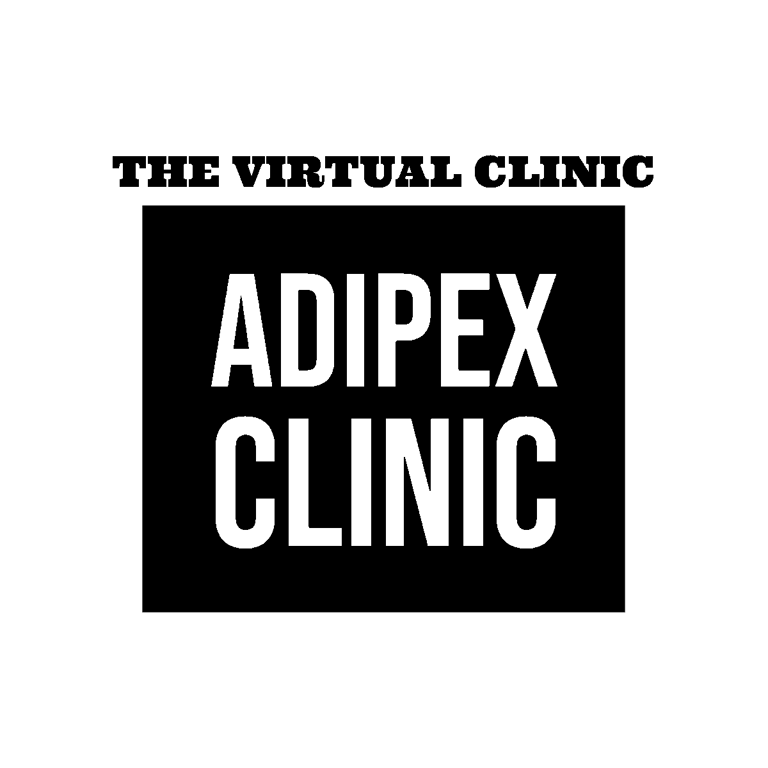For Questions: Text (833)233-0869
Why "Eat the Rainbow" is a good idea
Why "Eat the Rainbow" is a good idea
12/29/20222 min read
Including a variety of colored plant foods in your diet will help you get your daily dose of phytonutrients, which may have anti-cancer and anti-heart disease properties. Your gut microbiome is similar to your fingerprint in that it is unique to each individual and contains a balance of healthy and bad bacteria. Probiotics can aid in the maintenance of your microbiota's health.
What does my gut microbiome look like?
The gut microbiome is a diverse group of microorganisms that dwell in the gastrointestinal tract. Foods that are high in nutrients are not always low in calories. It's crucial to strike a balance in your diet by include both high-calorie nutritious items and low-calorie ones. Weight loss can be difficult to achieve and maintain. It's not only difficult, but it can also appear complicated to some.
What is my gut microbiome?
The gut microbiome has been defined as a diverse collection of microorganisms that live within the gut. There are trillions of these microbes. Examples include bacteria, viruses, fungi and archaea, or single-celled organisms.
These microorganisms do not solely reside in the gut (or large intestine); they can also be found in the mouth, lungs, vagina, urinary tract, and on the skin. Research has uncovered that the organisms living in the gut can have significant impacts on health.
What do these microbes do?
The health of the gut microbiome is of vital importance, as it has been linked to immune function, human metabolism, and mental health. Additionally, beneficial bacteria that live within our gut helps us digest food, create vitamins, and absorb medications. Maintaining an appropriate level of good bacteria also helps to keep the bad bacteria numbers in check.
Consuming probiotic-rich food or taking probiotic supplements are both good ways of introducing more beneficial bacteria into your body. Probiotics are made of good living bacteria and / or yeast that naturally live in your body. In order to be considered a probiotic, a microbe must be able to survive in your intestine after being digested, and exhibit a safe and proven benefit to your body.
A few common examples include bifidobacterium, saccharomyces boulardii, and lactobacillus acidophilus.
Bifidobacterium has been shown to be helpful for abdominal pain or discomfort, abdominal distention or bloating, and constipation.
Lactobacillus acidophilus may reduce diarrhea, bloating and cramps caused by a bacterial infection, such as C. difficile. It can also help reduce the occurrence of antibiotic-associated diarrhea.
Saccharomyces boulardii is actually a yeast and can also be effective in treating certain types of diarrhea.
Increasing the amount of probiotics, or beneficial microorganisms, in the body may be helpful for individuals suffering from diarrhea, constipation, inflammatory bowel disease (IBD), irritable bowel syndrome (IBS), urinary tract infections or yeast infections.
